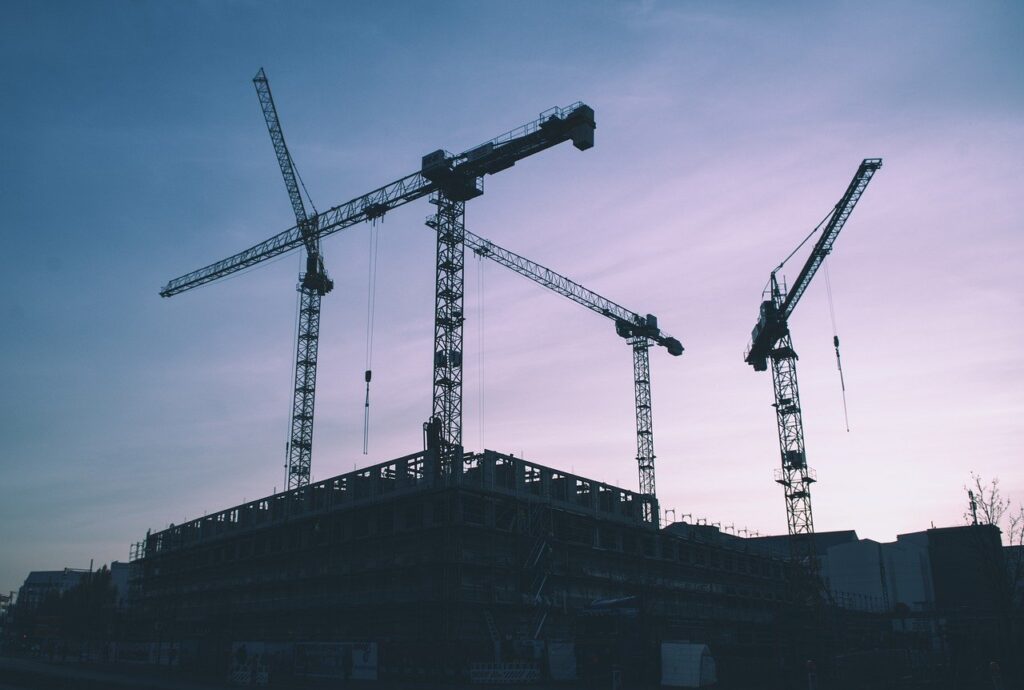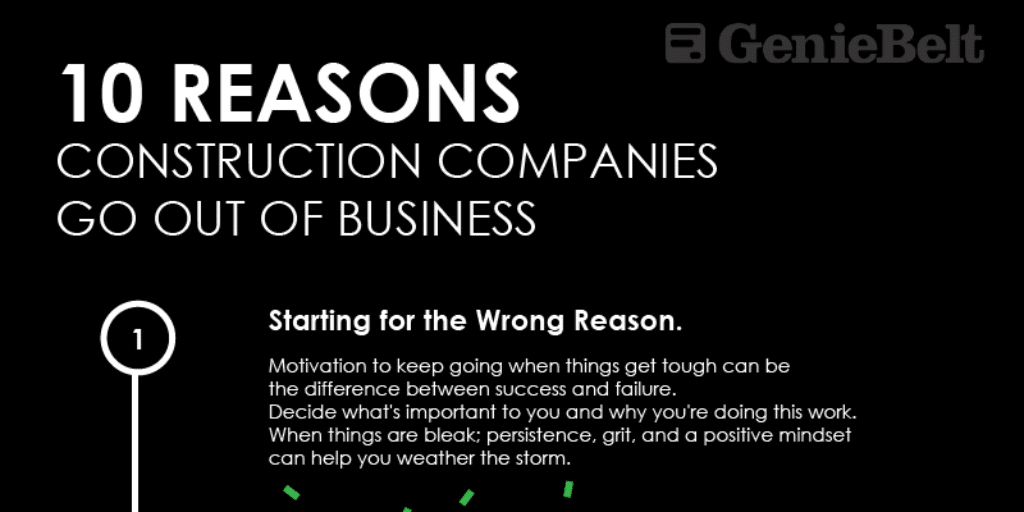A construction draw schedule is basically what is used by contractors to identify specific completion points of a job. This financial tool allows banks to see the progress and then release funds to keep the project moving forward. If a construction draw schedule is not used, money will not be dispersed, and a contractor could run out of money for the project, or the money may not be dispersed in the way that it should.
There is not just one basic construction draw schedule, because buyers and the bank must agree on the times when money will be released to the contractor. Without these agreed upon times, the construction draw schedule is useless.
The points of draw
While there could be dozens of different points of draws, most people like to agree of the least amount. The reason for this is that it saves paperwork on everyone’s part, while also saving on fees that are associated with each draw. Those fees may seem needless, but they are necessary.
A few of those fees include the outside inspector that is always used to make sure that the completion point has definitely been met, as well as the deposit fee for wiring the money to the account.
When it comes to the paperwork needed for draws, after doing one or two, most people will agree that the fewer draws there are, the better. For each draw, forms need to be completed with the names of the people and companies, the amount that is requested, and the corresponding line item from the budget. Of course, documentation is almost always necessary and will need to be written out, while also including receipts, invoices, and sometimes proof of payment.
A fairly normal construction draw schedule
While not every construction draw schedule will look the same, here is an example of what many do look like.
First 20% – This amount is paid out when the site development, septic, water main, laying of footer and foundation, and garage concrete pad are all completed.
Second 20% – The second installment is normally sent out when the house is framed in, the roof is on, the windows are installed, and the exterior doors are installed.
Third 20% – The third installment includes the trades completing the rough ins, the exterior siding being installed, the insulation is in place, the sheetrock is on, the trim is installed, the hardwood floors are installed, and the exterior and first coat of interior paint is on.
Fourth 20% – The project is getting close to being completed when the fourth installment of the construction draw schedule is paid out. This amount can only be paid when the kitchen cabinets and countertops are installed, plumbing fixtures are in place, the interior paint is finished, the house is trimmed out, the exterior is completely finished, the driveway is installed, the drainage is in place, and the hand rails are in the places where they need to be.
The Last 20% – This final installment includes all those small details and finishing touches. A few of those include having flooring installed, tile work completed, house is completely trimmed out, appliances are in place, the garage doors are installed and working, the landscaping has been completed, and the Certificate of Occupancy has been issued.
As you can see, a lot of work goes into each part of the construction draw schedule, but once each section is done, the money will be available for the contractor.
Issues to avoid with construction draw schedules
There are many things noted within construction draw schedules that it is easy for certain things to slip through the cracks. If you are a buyer, you may not notice some wording that will not protect you completely. If you are a contractor, you may want to have these following items within your construction draw schedules but be aware that buyers are getting smarter when it comes to reading the fine print. Therefore, you may have a few issues on your hands when it comes to getting these schedules approved.
The first thing that you should do is avoid vague wording, because that can lead to money being drawn prematurely. Anything that is too vague can be misconstrued in many different ways, causing a misunderstanding that can bring the entire project to a halt.
You should never have the words, at start, anywhere within the construction draw schedule, because that means that the money will be paid before the work is started. While this is excellent for contractors, it is not in the best interest of the buyer.
Never include draws, or descriptions of draws, that do not make sense. A lot of times this will include separating items when they are normally included within one draw.
A front-end load draw will always benefit the contractor, but never the buyer, which is why it should never be included within a construction draw schedule. Some builders will make this less evident by racing through projects at seemingly breakneck speeds, so they can receive additional draws before previous draws are completed. The work should always be completed in order, so that the proper amount of money is being dispersed at the proper time.
Length of construction draw schedules
Most construction loans are set up to take twelve months for completion, but not all of them take that long. The construction draw schedule may state dates that take up that entire year, but that doesn’t mean that the contractor or the buyer needs to abide by those dates.
If the first percentage is completed in advance of the written date, a point of draw can be completed if all the guidelines have been met. This is the main reason why construction draw schedules have percentages for points of draws instead of just dates.
While some issues can arise during construction, not all those issues can affect a construction draw schedule since the work for each percentage needs to be completed before payment is issued. That is much better than stating that a payment will be issued on a specific date, even if the proper amount of work is not completed.
It is easy to see why construction draw schedules are so popular in the construction industry, because they protect both the buyer and the contractor. Each person will want to make sure that the construction draw schedule that they have in place will benefit everyone, so that the working relationship is kept intact for the length of the entire project.





